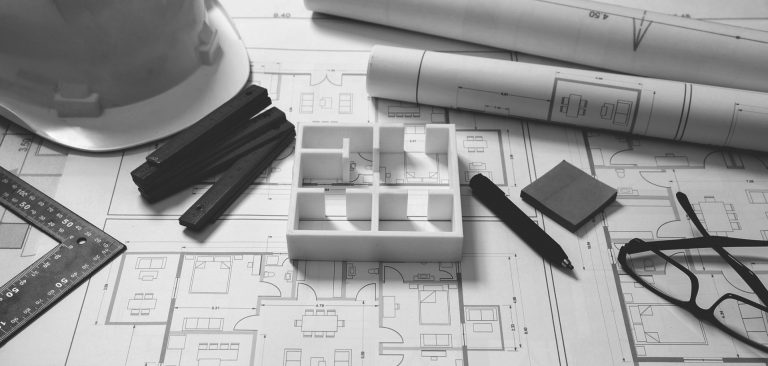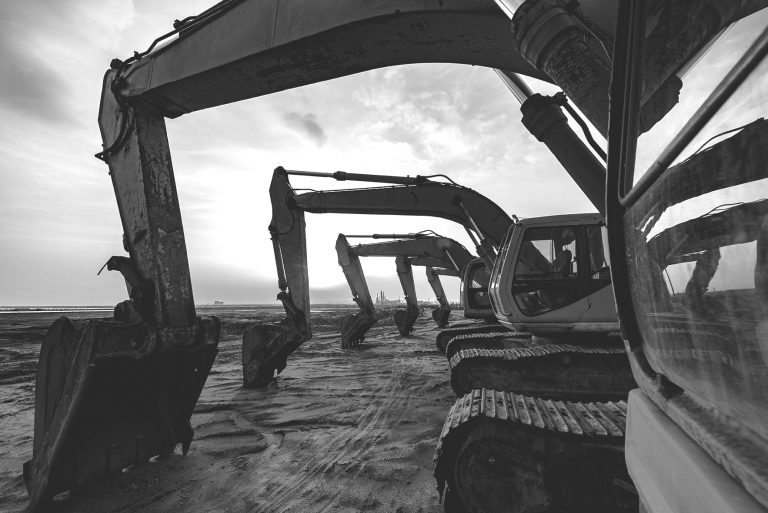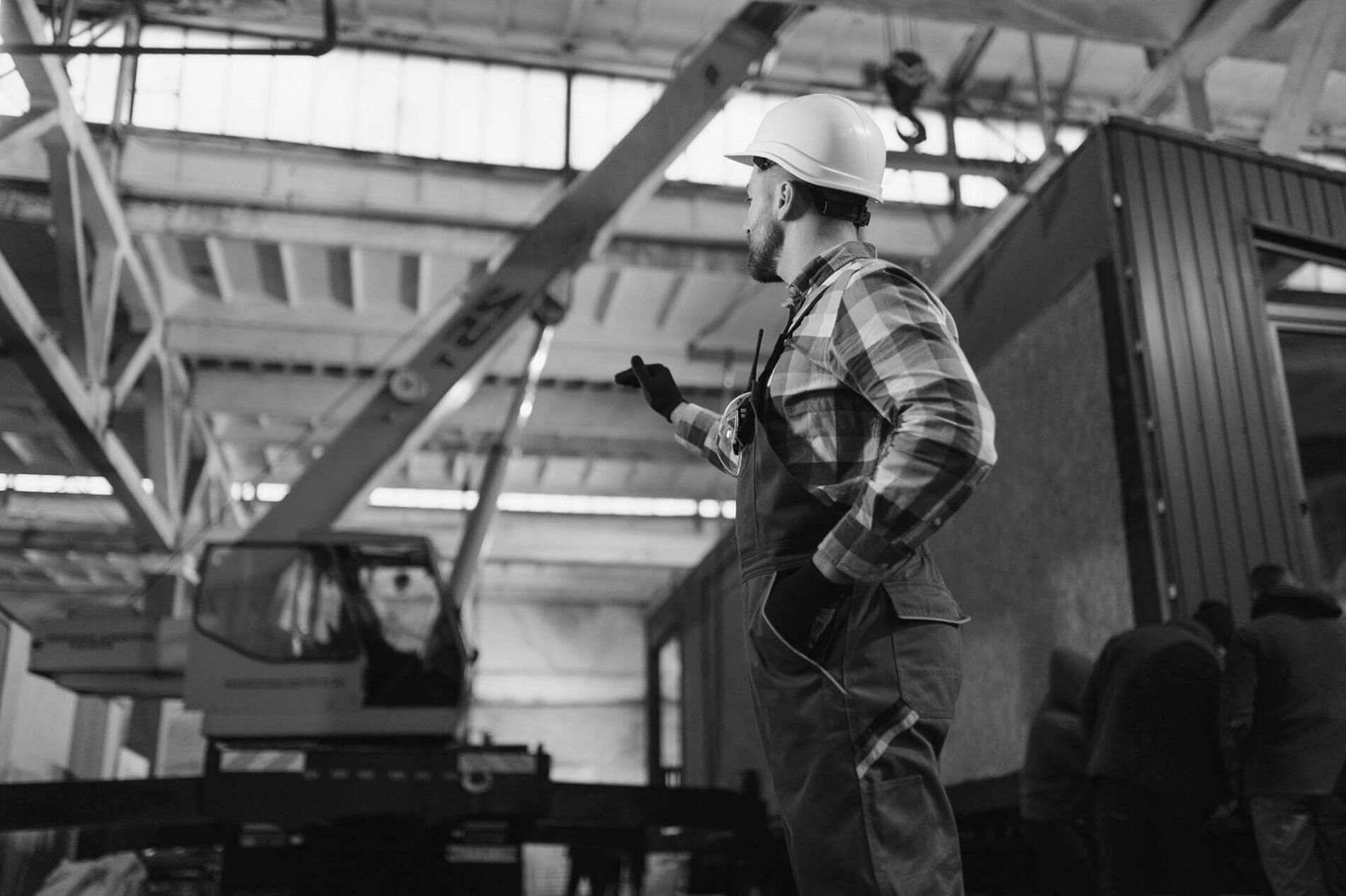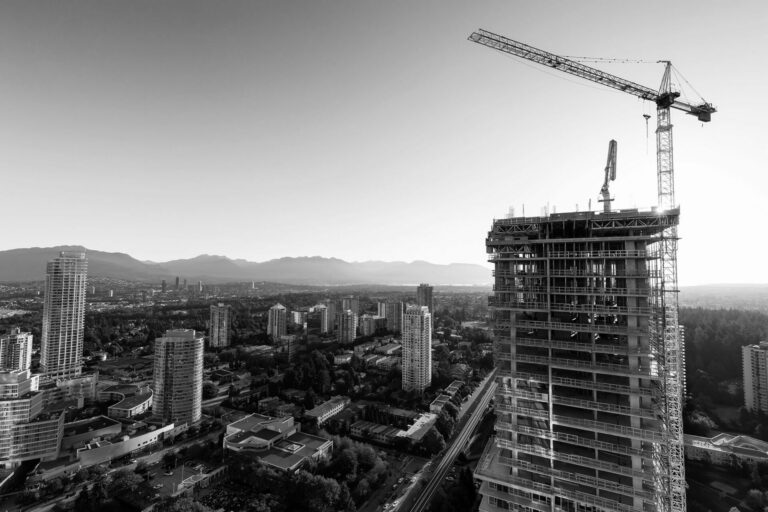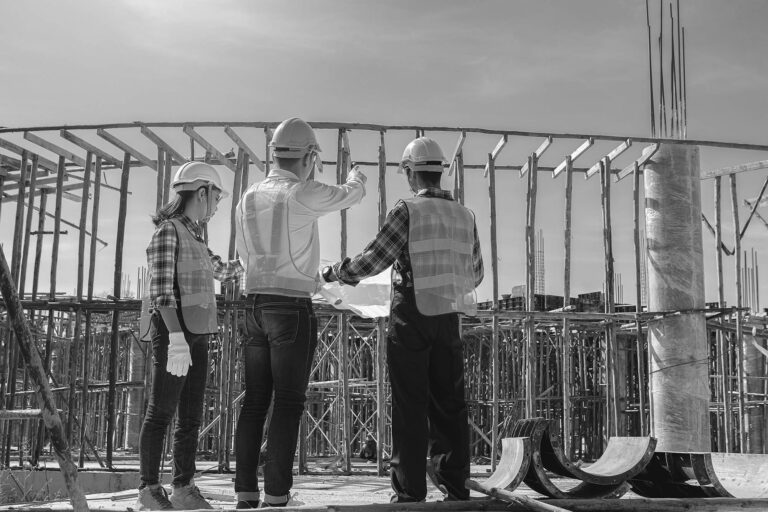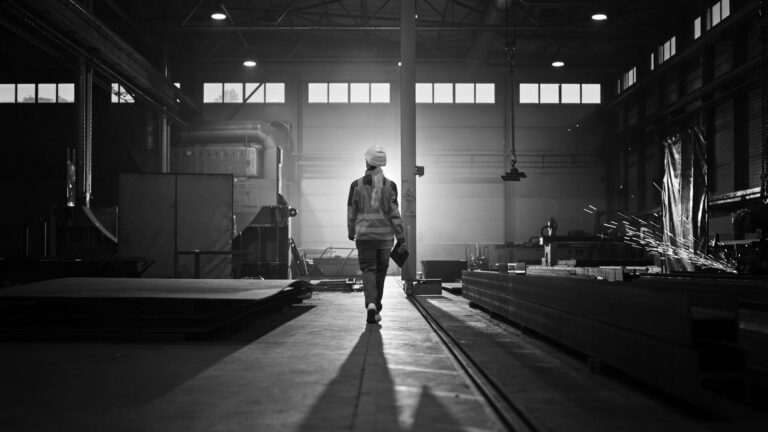California’s housing crisis is a behemoth, casting a shadow over the state’s economy, communities, and dreams of homeownership. With a shortfall of 2.5 to 3.5 million homes needed by 2030, the state faces skyrocketing costs, rising homelessness, and grueling commutes that stretch lives thin. Yet, amid this daunting challenge, California’s construction industry is fighting back with innovation, policy reforms, and grit. From modular homes to streamlined approvals, the state is reimagining how to build faster, smarter, and more affordably. As 2025 unfolds, a combination of creative solutions, legislative muscle, and real-world successes offers hope for closing the gap.
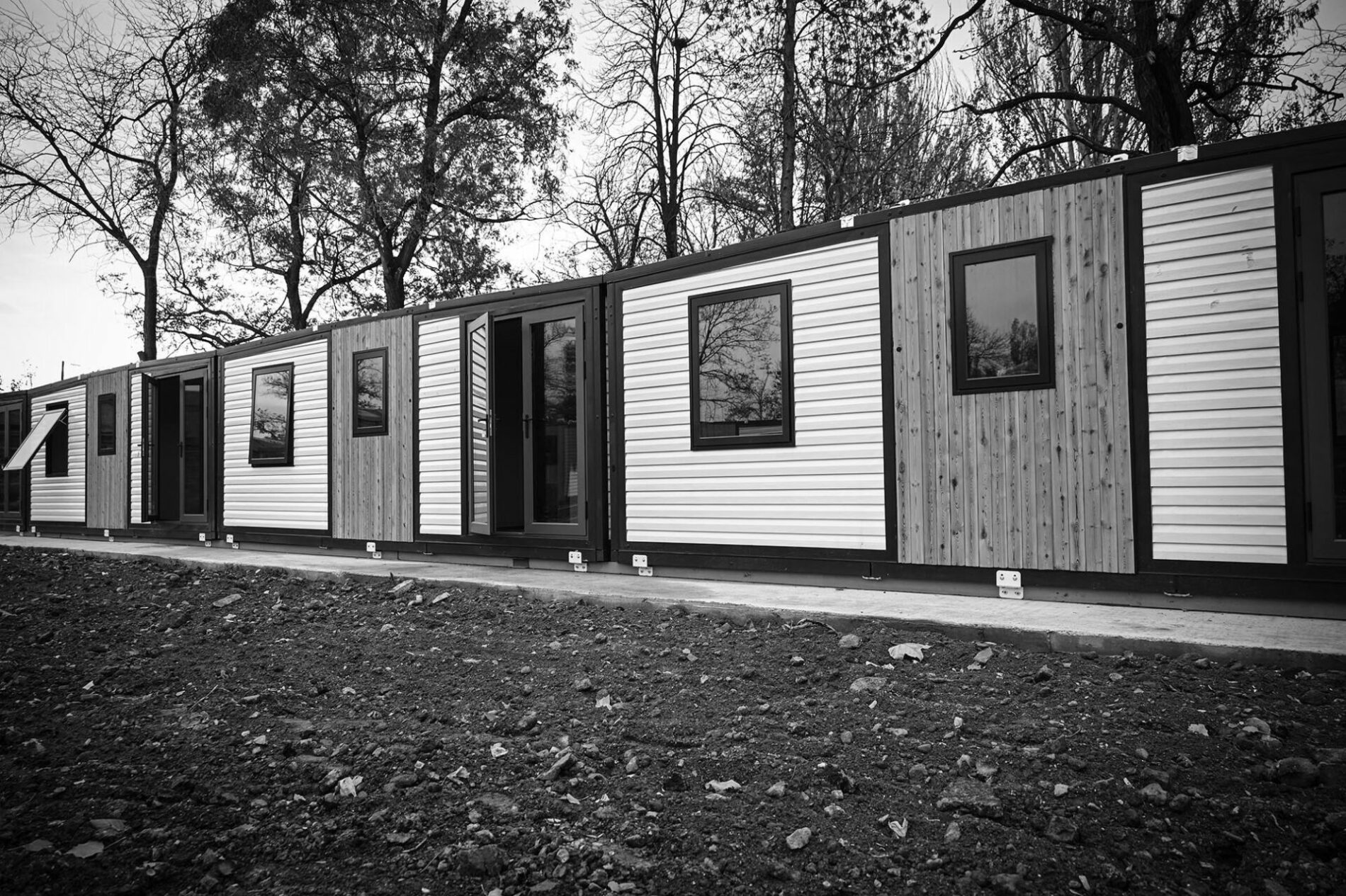
California’s housing shortage is a decades-long problem, rooted in a supply-demand imbalance that has driven median home prices to nearly 400% above the national average, with rents following suit. The Public Policy Institute of California notes that over 1.5 million renter households pay more than 50% of their income on rent, contributing to the state’s highest-in-the-nation poverty rate when cost of living is factored in. The consequences are stark: homelessness has surged, with 72% of California’s unhoused population living unsheltered, compared to just 5% in New York. “Super-commutes” of over 90 minutes one-way are increasingly common as workers are priced out of urban centers, forcing families to live hours from their jobs.
The bottlenecks are manifold. Slow permitting processes, driven by complex regulations and local opposition—often dubbed “NIMBYism” (Not In My Backyard)—stifle development. The California Environmental Quality Act (CEQA) is frequently misused to delay or block projects, with a 2015 study finding that 80% of CEQA lawsuits targeted infill developments rather than greenfield projects. Rising material costs, exacerbated by supply chain disruptions, and high labor costs, driven by prevailing wage laws, further inflate expenses. “The cost of building multifamily housing in California spiked by about 25% between 2010 and 2020,” according to the Terner Center for Housing Innovation at UC Berkeley. Without bold action, the state’s goal of 180,000 to 300,000 new homes annually remains out of reach, with only 109,000 units permitted in 2023.
To combat these challenges, California’s construction industry is embracing innovative approaches to build faster and cheaper. Modular and prefabricated housing is leading the charge. Companies like Factory_OS and Veev are revolutionizing construction by assembling homes in factories, reducing on-site labor and cutting build times by up to 50%. “Modular construction allows us to deliver high-quality homes at a lower cost and in less time,” said Rick Holliday, co-founder of Factory_OS, in a 2024 interview with CalMatters. These methods also minimize waste, aligning with California’s sustainability goals.
Accessory Dwelling Units (ADUs), or “granny flats,” are another game-changer. Recent laws like SB 9 and SB 10 have relaxed permitting rules, making it easier for homeowners to add secondary units to their properties. “ADUs are a quick way to increase housing supply without disrupting neighborhoods,” said Connie Pak, a real estate attorney with Loeb & Loeb, highlighting their role in urban infill. In 2023, California saw a 230% spike in permitted ADUs compared to 2009, a testament to their growing popularity.
Micro-units and co-living spaces are also gaining traction in urban areas. These high-density, low-cost designs cater to young professionals and single individuals, maximizing land use in cities like San Francisco, where land costs are astronomical. Developers are also exploring vertical integration, controlling design, manufacturing, and construction to streamline processes and reduce costs. “By bringing everything in-house, we can cut inefficiencies and deliver affordable units faster,” said a Bay Area developer in a 2024 SPUR report. These innovations are critical to meeting the state’s housing needs while navigating its high-cost environment.
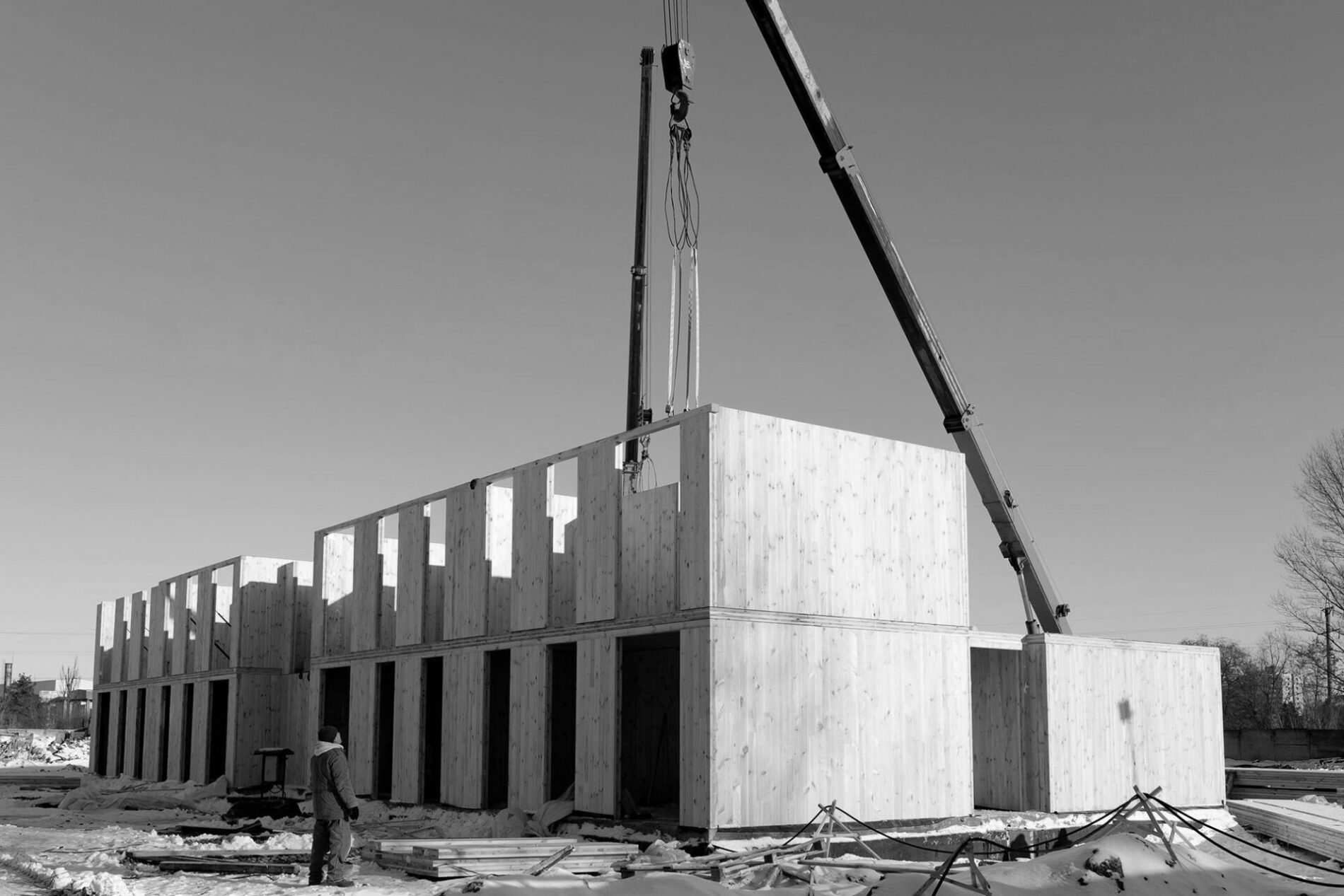
Public policy is a linchpin in addressing the crisis. Recent legislation, such as SB 35 and AB 2011, has streamlined approvals for affordable and infill housing, reducing opportunities for NIMBY-driven delays. SB 423, passed in 2023, extended these reforms to the coastal zone, a significant step given the California Coastal Commission’s historical resistance to development. Density bonuses and tax credits incentivize developers to include low-income units, with SB 290 expanding these benefits to include affordable housing for low-income college students.
Local governments are also stepping up. Cities like San Diego and San Jose are experimenting with fast-track approvals and zoning reforms to encourage higher-density development near transit corridors. “Streamlining local approval processes is critical to accelerating housing production,” said Robert Kleinhenz, director of the Office of Economic Research at California State University, Long Beach. AB 602, another recent law, ensures that impact fees are transparent and proportional to project size, reducing financial barriers for developers. These reforms aim to create a more predictable, efficient path for housing projects, though challenges in implementation persist.
A critical hurdle is the construction industry’s labor shortage. With over 20% of workers over 55 and nearing retirement, and less than 3% of young people considering construction careers, the industry faces a shortfall of over 500,000 workers nationwide. In California, prevailing wage laws and union labor requirements can increase costs by 9% to 37%, according to studies cited by the California Legislative Analyst’s Office. “The question is not about wages. It’s about which workers are eligible to work on jobs,” said Amie Fishman, executive director of the Non-Profit Housing Association of Northern California, highlighting the tension between union and non-union labor.
To address this, training programs like LA’s HireLAX and Northern California’s pre-apprenticeship initiatives are upskilling workers. HireLAX, for example, offers hands-on training and job placement, with a focus on underrepresented communities. “We’re building a pipeline of skilled workers to meet the demand for housing construction,” said a HireLAX spokesperson in a 2024 press release. The state is also promoting technology, such as AI and robotics, to handle repetitive tasks, freeing human workers for specialized roles. These efforts aim to bolster the workforce while maintaining safety and quality standards.
Real-world projects illustrate what’s possible. In Downtown Los Angeles, adaptive reuse projects are transforming vacant office buildings into apartments, leveraging existing structures to bypass some regulatory hurdles. “Adaptive reuse is a win-win; it revitalizes urban areas and adds housing without sprawling into open spaces,” said Connie Pak. Since 2021, Loeb & Loeb has facilitated over $800 million in financing for such projects in LA County, proving their scalability.
In the Bay Area, nonprofit developers like Bridge Housing and Eden Housing are leading the charge on low-income housing. Bridge Housing’s recent project in Oakland delivered 200 affordable units in just 18 months, thanks to streamlined permitting and density bonuses. “We’re proving that affordable housing can be built quickly and well,” said a Bridge Housing representative in a 2024 report by the Terner Center.
Governor Newsom’s Project Homekey, which converts hotels and motels into permanent housing, has been a standout success. Since 2020, it has created over 12,000 housing units, with a focus on serving the homeless population. “Project Homekey shows that with the right funding and political will, we can move fast,” Newsom said in a 2024 press conference. However, challenges remain, including high costs and the need for sustained funding. Lessons from these projects highlight the importance of public-private partnerships, streamlined regulations, and community buy-in for scaling success.
“Lessons from these projects highlight the importance of public-private partnerships, streamlined regulations, and community buy-in for scaling success.”
California’s housing crisis demands a multifaceted approach, and the construction industry is rising to the challenge. Modular construction, ADUs, and micro-units are cutting costs and time, while policy reforms like SB 35 and local zoning changes are clearing regulatory hurdles. Training programs and technology are addressing labor shortages, and projects like Project Homekey and adaptive reuse initiatives show what’s possible when innovation meets action. “We’re at a turning point,” said Ben Metcalf, former state Housing and Community Development Director. “If we keep pushing on all fronts, policy, innovation, and workforce development, we can start to close the gap.” As California builds toward 2030, the industry’s resolve and creativity offer a blueprint for restoring the California Dream.



